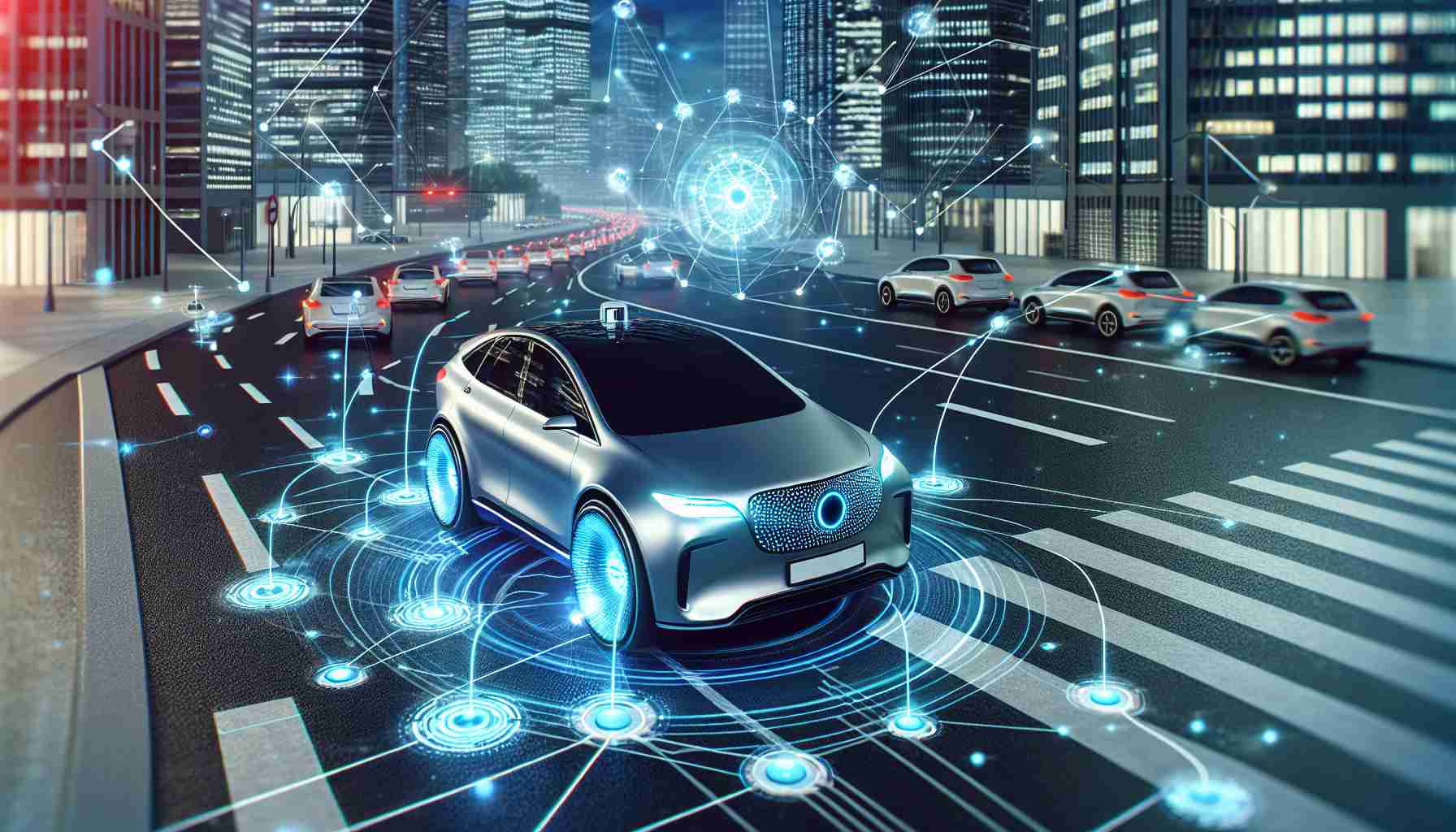Aladingsc Insights
Your go-to source for trending news and informative guides.
Autonomous Vehicles: The Future is Riding Shotgun
Discover how autonomous vehicles are set to revolutionize our roads—are you ready for the ride of the future?
How Autonomous Vehicles Will Reshape Urban Transportation
As we venture deeper into the 21st century, autonomous vehicles are set to revolutionize urban transportation. These self-driving cars promise to reduce traffic congestion and enhance road safety by minimizing human errors, which account for a significant percentage of accidents. Imagine a city where commuters can relax during their journey, utilizing their travel time for work or leisure, rather than navigating through stressful traffic. This shift not only enhances the quality of life for city dwellers but also promotes a more efficient transportation system that can adapt in real-time to changing road conditions.
The integration of autonomous vehicles into urban infrastructure will also pave the way for transformative changes in city planning and design. With cars that can communicate with traffic systems and local services, urban layouts can prioritize pedestrian-friendly environments, encouraging walking and cycling. Furthermore, the need for extensive parking lots will diminish, freeing up valuable urban space for community parks, housing, and public amenities. Ultimately, cities will become more livable, sustainable, and connected, fostering a harmonious relationship between technology and everyday life.

The Technology Behind Autonomous Vehicles: Understanding the Sensors and Software
The technology behind autonomous vehicles is a complex interplay of various sensors and sophisticated software. At the heart of these vehicles are sensor systems that include LiDAR, cameras, radar, and ultrasonic sensors. These components work together to create a 360-degree view of the surrounding environment, allowing the vehicle to detect obstacles, lane markings, and traffic signals. For instance, LiDAR uses laser beams to measure distances and create detailed 3D maps, while cameras enable the vehicle to recognize objects and interpret road signs. This sensor fusion not only enhances safety but also improves navigation capabilities in various driving conditions.
In addition to hardware, the software that drives autonomous vehicles plays a crucial role in their functionality. Advanced algorithms and machine learning techniques are employed to process the vast amounts of data collected by the sensors. The software is responsible for making real-time decisions, such as when to accelerate, brake, or change lanes. Artificial intelligence (AI) also contributes to the vehicle's ability to learn from new environments and improve its performance over time. As autonomous technology continues to evolve, the integration of more sophisticated software will enhance the safety and reliability of these vehicles on the road.
Are We Ready for a Future with Self-Driving Cars? Exploring the Challenges Ahead
As we stand on the brink of a technological revolution, the question arises: Are we ready for a future with self-driving cars? The potential benefits are immense, including reduced traffic accidents and increased mobility for those unable to drive. However, significant challenges lie ahead. First and foremost is the need for robust safety regulations. The integration of autonomous vehicles on public roads necessitates a comprehensive framework that ensures safety for all road users. Moreover, there are ethical implications to consider, particularly in scenarios where a self-driving car must make split-second decisions that could impact human lives. This complex web of responsibility raises concerns that need careful examination.
Furthermore, technological infrastructure plays a critical role in accommodating self-driving cars. Are we prepared for the necessary advancements? Cities will require updates to their roadways, traffic management systems, and even digital communication networks to support autonomous technology. Additionally, public acceptance remains a hurdle; widespread skepticism exists around machine reliability and the loss of human control. To address these issues, engaging with communities through informative campaigns could bridge the gap between innovation and public confidence. Only by confronting these challenges can we pave the way for a future where self-driving cars are not just a possibility but a reality.